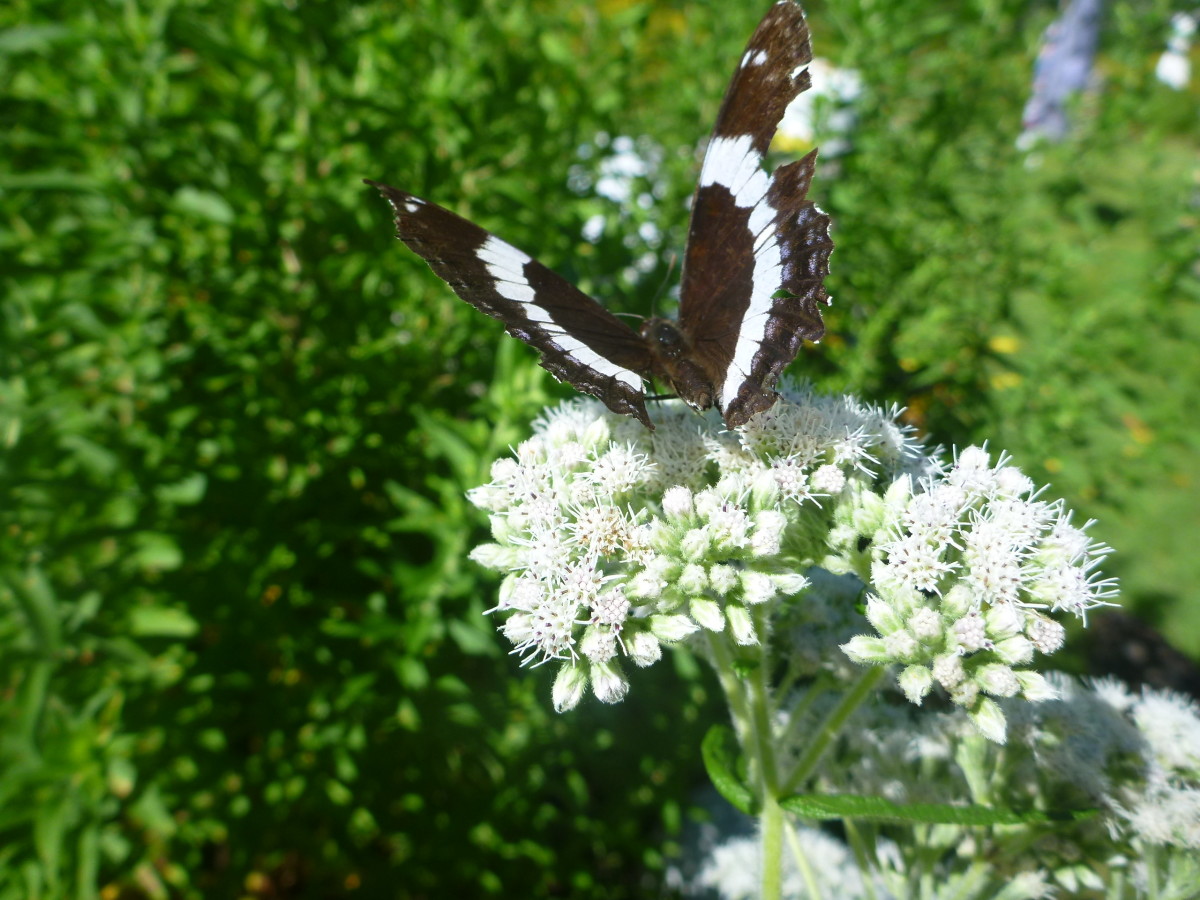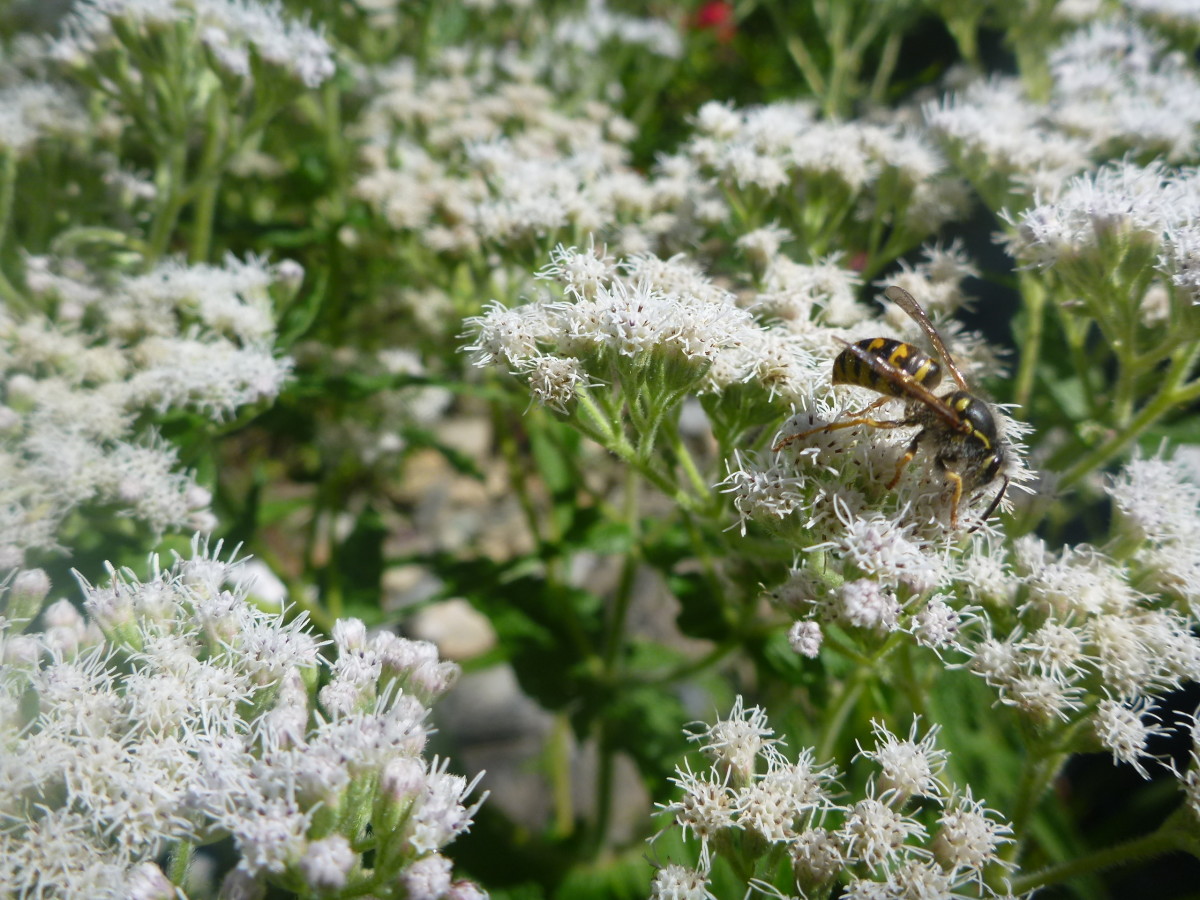Open pollinated.
Perennial to Zone 3. This native wildflower is easy to distinguish when not in flower by the stem than appears to grow through fused leaves, hence another common name, Thoroughwort. Tiny white flowers in fuzzy clusters top the 4' plants in late summer. The name comes from its historical use to soothe “bonebreak fever.” More recent German research indicates it may act as an immune stimulant. The bitter tea of aerial parts in bud or bloom can be used in moderation as a tonic or for colds, coughs and flus; in excess it is emetic and laxative. In addition it is an especially important food source for native bees. Prefers sun and moist rich soil.
Supplier Transparency:
① Small seed farmers including Fedco staff










